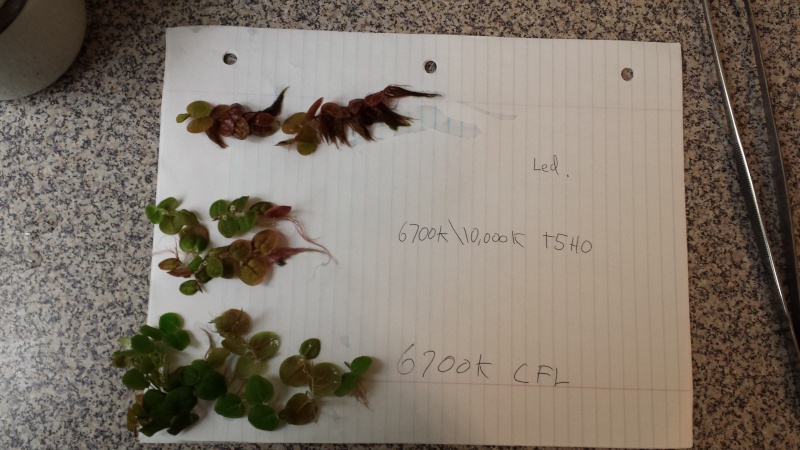PokeSephiroth
Member
I'm not sure if the title is appropriately labelled, but I will change it when I can think of something more...fitting.
Basically, I would like to compile a list of plants that either,
a) absorb nutrients primarily through their roots (substrate)
b) absorb nutrients primarily through their leaves (water column)
I believe plants such as Amazon Swords, Anubias, Bulb plants, and Crypts, tend to gather nutrients through their roots, so they're commonly known as Heavy Root Feeders.
Whereas, most stem plants tend to absorb nutrients through their leaves.
Now, I'm not totally good at identifying which plant does better with what, so that's why I'd like your help so we can compile a list, and I will update the list as we keep adding to the collective data. I hope this helps people so that they know how to effectively plant their tanks, and choose the right method to dose fertilizers (either by dosing liquids into the water column, or using root tabs, or doing a dirted tank, etc...)

(Last Edited: 1-4-2014 // 10:06pm)
Heavy Root Feeders
-=Absorbs through Substrate=-
- Swords (Could someone confirm if all types of swords are heavy root feeders? I know Amazon Swords are.)
- Cryptocoryne varieties
- Anubias varieties
- Vallisneria
- Saggitaria
- Bulb Plants (Aponogeton, Dwarf Lilly, Tiger Lotus, etc...)
-=Absorbs through Water Column=-
- Water Lettuce
- Frogbit
- Duckweed
- Azolla
- Red Root Floater
Heavy Leaf...Absorbers
- Hygrophilia varieties
- Elodea (Elodea Canadensis)
- Guppy Grass
- Rotala Indica
- Ludwigia Repens
-------------
Notes
-------------
- I will try to categorize these in a better way, once we have a better and longer list. I will also try to provide scientific names, next to their common names, to help keep confusion with other plants.
- DERP!
Basically, I would like to compile a list of plants that either,
a) absorb nutrients primarily through their roots (substrate)
b) absorb nutrients primarily through their leaves (water column)
I believe plants such as Amazon Swords, Anubias, Bulb plants, and Crypts, tend to gather nutrients through their roots, so they're commonly known as Heavy Root Feeders.
Whereas, most stem plants tend to absorb nutrients through their leaves.
Now, I'm not totally good at identifying which plant does better with what, so that's why I'd like your help so we can compile a list, and I will update the list as we keep adding to the collective data. I hope this helps people so that they know how to effectively plant their tanks, and choose the right method to dose fertilizers (either by dosing liquids into the water column, or using root tabs, or doing a dirted tank, etc...)
(Last Edited: 1-4-2014 // 10:06pm)
Heavy Root Feeders
-=Absorbs through Substrate=-
- Swords (Could someone confirm if all types of swords are heavy root feeders? I know Amazon Swords are.)
- Cryptocoryne varieties
- Anubias varieties
- Vallisneria
- Saggitaria
- Bulb Plants (Aponogeton, Dwarf Lilly, Tiger Lotus, etc...)
-=Absorbs through Water Column=-
- Water Lettuce
- Frogbit
- Duckweed
- Azolla
- Red Root Floater
Heavy Leaf...Absorbers
- Hygrophilia varieties
- Elodea (Elodea Canadensis)
- Guppy Grass
- Rotala Indica
- Ludwigia Repens
-------------
Notes
-------------
- I will try to categorize these in a better way, once we have a better and longer list. I will also try to provide scientific names, next to their common names, to help keep confusion with other plants.
- DERP!



